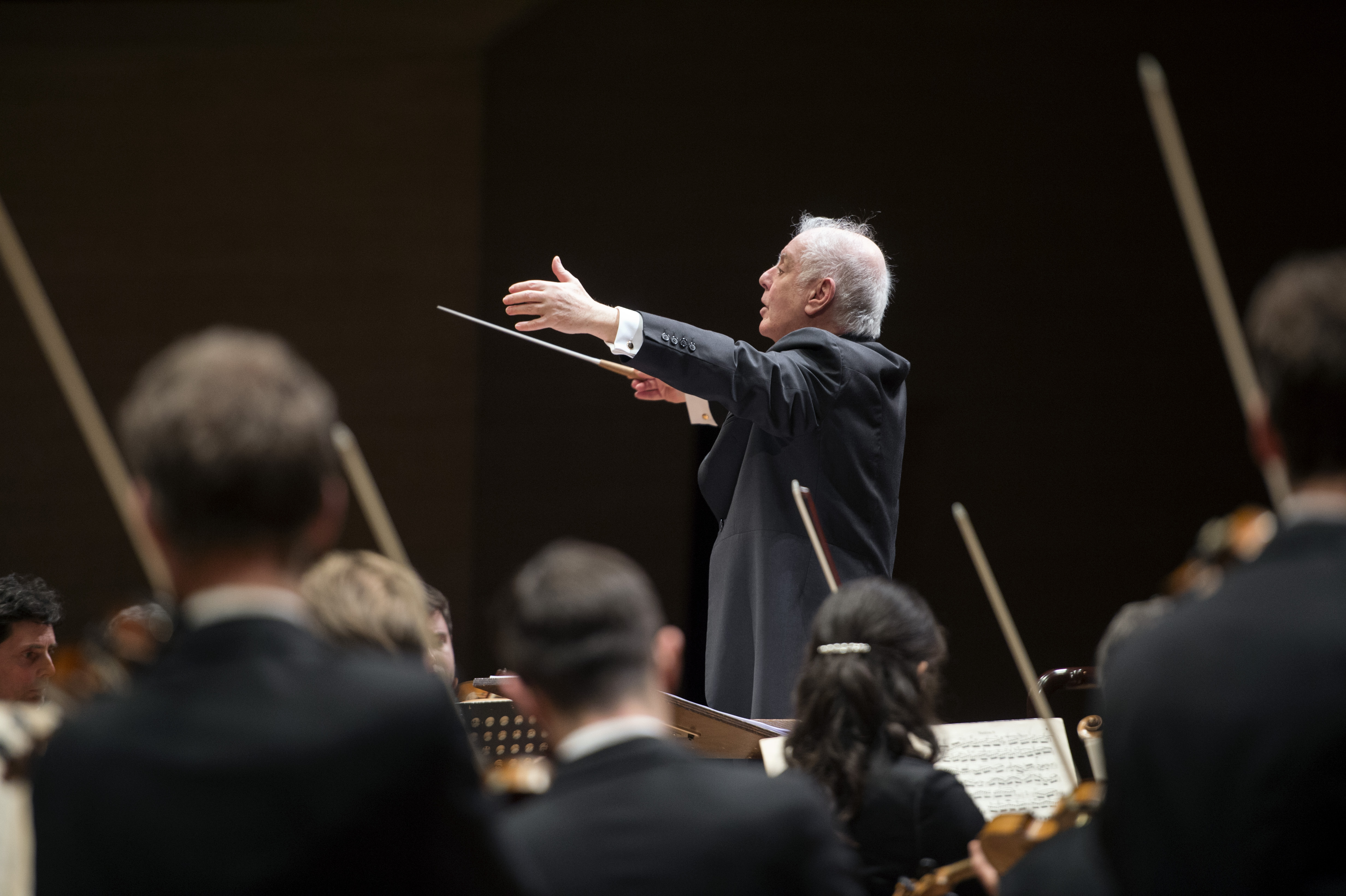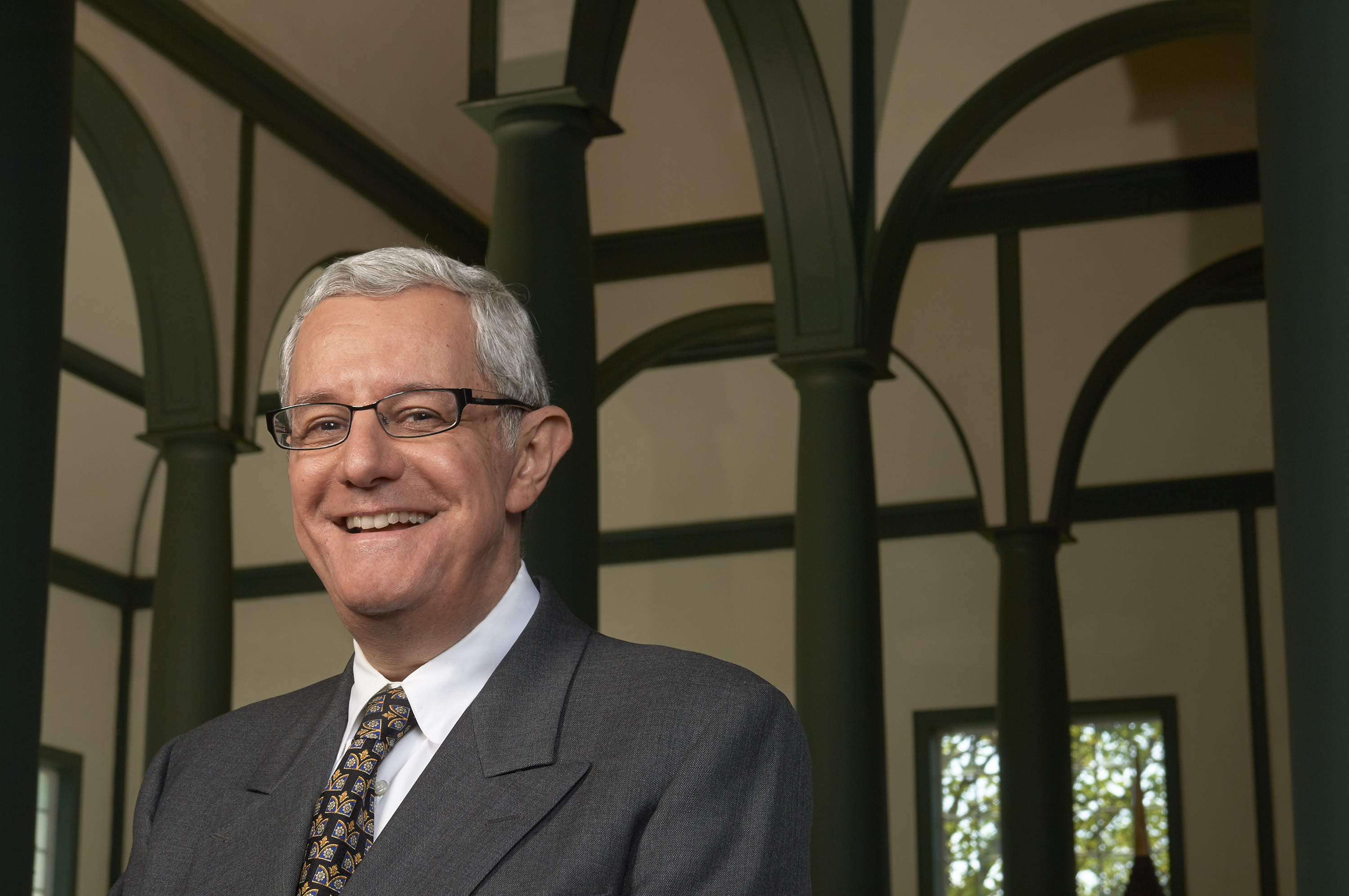
- Stephen Cera
- March 15, 2017
- 3 Comments
- Stephen Cera
During the second half of January, I de-camped to New York, where I partook in a musical feast: a complete cycle of the nine Bruckner Symphonies, performed in Carnegie Hall by the Berlin Staatskapelle, conducted by Daniel Barenboim. As a bonus, Barenboim – one of the world’s great classical pianists – preceded six of the symphonies with performances of a half-dozen Mozart piano concertos, conducting from the keyboard.
My own love of Bruckner was kindled in high school, when a friend introduced me via recordings to the Ninth Symphony (conducted by Bruno Walter) and the Seventh (conducted by Hans Rosbaud.) But my first live experience of Bruckner came when I was in college, via the 27-year-old Barenboim himself, in a guest-conducting engagement with the Los Angeles Philharmonic. He led the Seventh Symphony, and the effect of hearing this music performed live was revelatory. (Preceding the symphony was a rapturous account of Schumann’s Cello Concerto, whose soloist was Barenboim’s wife, the late Jacqueline du Pré.)
Barenboim, equally celebrated as a conductor and pianist, has long championed the symphonies of Anton Bruckner, the towering late-Romantic Austrian composer. That 1969 performance in California already marked him as an artist with notable affinity for the language of Bruckner, one for whom the composer’s expansive structures, slow-building climaxes and visionary atmospheres provided musically congenial terrain.
This year, the Argentine-born musician – Chief Conductor for Life of the Staatskapelle Berlin, the orchestra of the Berlin State Opera and one of the oldest orchestras in the world (its history dates back nearly 450 years) – marked the 60th anniversary of Barenboim’s New York Carnegie Hall debut by leading his Berliners in the complete Bruckner cycle. (One of the concerts occurred on the exact 60th anniversary of that January 20, 1957, debut, when the then-14-year-old pianist played the Prokofiev Concerto No. 1 with the Symphony of the Air conducted by Leopold Stokowski). The Bruckner symphony cycle had never before been performed in the U.S. in one season, and it is unlikely that it has been done in Europe either, since not many conductors – even Bruckner specialists — conduct all nine of the symphonies, let alone conduct them from memory within a space of just 11 days. (Barenboim had a score in front of him only for the first two symphonies.)
The qualities of a seasoned and sympathetic Bruckner conductor are developed over time, and a first-rate orchestra is needed to transmit the glories of Bruckner’s writing: those soaring string lines, brass choirs massed like an organ, blocks of woodwinds, pounding timpani. The long movements need careful long-range planning and pacing without obvious “gear-shifts” of tempo, plus acute sensitivity to harmonic underpinnings, and the aural imagination to explore a vast range of dynamics.
Barenboim, who has now made three complete recordings of the Bruckner symphonies (with the Chicago Symphony, Berlin Philharmonic, and the latest with his Berlin Staatskapelle) has indicated that the Staatskapelle enjoys a particular advantage in having had a great deal of experience in the opera pit, so that it brings a “vocal” and “lyric” quality to the music not always so accessible to orchestras whose primary focus is on symphonic repertoire. This “singing” quality was apparent throughout the Carnegie Hall cycle, and it underscored the composer’s debt to Schubert, his great Austrian predecessor.
The symphonies were performed in their numbered order, and all except No. 8 were preceded by music of Mozart. In addition to the six piano concertos, Barenboim also conducted two Mozart Sinfonie Concertante (the one for winds, a work of questionable authenticity, and the masterpiece for violin and viola, K. 364, featuring first-chair soloists from the orchestra.)
Bruckner’s symphonies follow an arc of increasing quality, with No. 1 perhaps the least compelling of the set. From the outset, it was clear that the musicians were steeped in the Bruckner idiom and sound-world. Barenboim’s deployment of the orchestra on the Carnegie stage had the first and second violins divided sectionally on his left and right sides, and he arrayed the double-bass section across the rear of the stage (rather than clumping them together on one side or the other, as with most conductors.) Unlike many halls, the acoustics of Carnegie are sufficiently lively, reflective and resonant that these decisions yielded ample musical rewards.
One of the most glorious performances was that of Bruckner’s best-known and arguably most popular symphony, No. 4, the “Romantic”. Here every detail of instrumental balance between sections had been carefully worked out, ensuring that the textures emerged with tonal richness and transparency. Dynamic levels were meticulously controlled as dramatic fervor, coherent pacing, and soaring lyricism ignited the performance. The Staatskapelle played with a striking unity of purpose and atmosphere. This was Bruckner bathed in color, with sure control of every shading from whispered pianissimo to thunderous climaxes.
Barenboim’s growth as a Bruckner conductor has been consistent. After first hearing him conduct this music in 1969, I have since attended other Bruckner performances he has led with the Los Angeles Philharmonic (No. 6), New York Philharmonic (No. 4), Orchestre de Paris (No. 8) and Chicago Symphony (No. 9). He kneads together each movement with a sure hand and ear. In No. 5, there is passion wedded to architectural strength; during its Finale, each fugal strand unfolds clearly and cumulatively within the massive texture. The energy level and commitment of the Staatskapelle never flagged.
The “black sheep” of the Bruckner symphonic canon may be No. 6, a curiously overlooked work which deserves to be far better-known. (I had heard only two previous live performances, one of them conducted by Barenboim.) It is one of the more compact symphonies, clocking in at a mere 54:00. This turned out to be one of the finest performances of the cycle, and the end of which Barenboim brandished a copy of one of his violinists’ scores at the audience, as if to underscore his belief in the composition.
By contrast, No. 7 is one of the most popular, and embodies the composer’s tribute to his idol, Richard Wagner, who died around the time of its composition. The slow movement is one of Bruckner’s deeply moving Adagios, and he deploys “Wagner tubas” (a hybrid of French horn and tuba that Wagner devised for his Ring tetralogy of music dramas.) The peroration of this movement, with its stabbing dissonances, registered as the agonized cry of Bruckner’s grief at Wagner’s death. The lilting Scherzo, which followed, had a bracing sense of schwung.
For the succeeding concerts, it was on to the final two masterpieces: No. 8 and then No. 9, which Bruckner left “unfinished” at just three movements. No. 8 made clear from the start that this cosmic Bruckner opus would really sing, rather than be cast in granite, again underlining the composer’s debt to Schubert. For both composers, a dynamic of pianissimo implies a degree of misterioso, when the music seems almost to grope as it transitions toward a new paragraph. Barenboim observes and cultivates this key stylistic element. There were no questionable decisions in terms of pacing as he wove the sprawling Finale into a seamless unit of overwhelming force.
At the conclusion of No. 9, the sold-out Carnegie Hall audience rewarded the performers with a rapturous 15-minute standing ovation. Barenboim worked his way through the orchestra afterward, shaking the hand of each player, who in turn applauded their maestro.
The Bruckner traversal was warmly complemented by Barenboim’s renditions of the six Mozart piano concertos, full of musicianly insight and grace. His ease and naturalness as a performer were apparent at every turn, as he establishes something akin to a “communal love affair” with his audience. The synergy and musical chemistry between Barenboim and this orchestra, whose stature he has steadily elevated, are very special.
The series was further enhanced by pre-concert lectures by eminent musical scholars before the performances of No. 4 (Prof. Walter Frisch of Columbia University) and No. 7 (Prof. Paul Hawkshaw of Yale).




3 Comments
Mar 16, 2017 at 7:47 PM /
Reading this makes me long to hear the “soaring string lines, brass choirs massed like an organ, blocks of woodwinds, pounding timpani” of a Bruckner Symphony…so vividly described
Mar 17, 2017 at 8:08 AM /
Once again, you have taken me into the concert hall with your eloquent wordsmithing. S#4, Romantic, always reminds me of the theme for Star Wars for some reason?!
DK
Apr 20, 2017 at 8:23 AM /
I found you on Facebook, we have been looking at N. American pianists for an event in Vienna end of summer, your site impressed us and we have forwarded your information to our organizers. I hope you will consider an invitation when they approach you and again thank you for the wonderful article about your trip to Vienna, it captured our attention!
Clifford